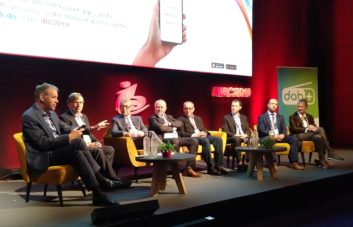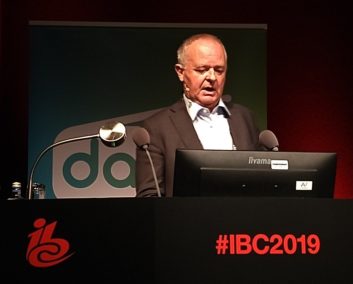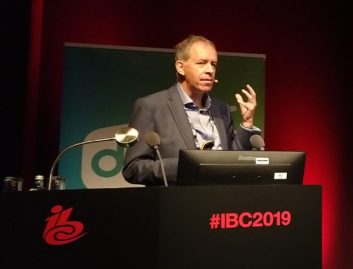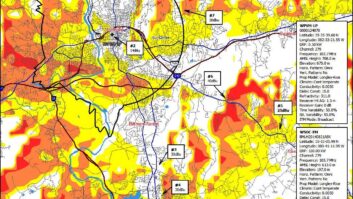AMSTERDAM — The WorldDAB conference “Radio Distribution Strategies for a Connected World” focused on new and innovative ways to reach and attract audiences in a connected world.

During the event, Jørn Jensen, senior adviser at NRK, highlighted how the advent of digital radio reversed the trend of radio listening figures in Norway. For years the overall listening values had been slightly decreasing, similar to what was happening in the rest of Europe.
In 2019, after the completion of the FM switchoff, the listening figures began to rise again, he explained. Clearly, the need to replace a legacy radio receiver with a new, digital-capable one did not scare Norwegians, driving them to leave radio behind and massively embrace alternative audio platforms.
NOT MAINSTREAM
“DAB gave Norwegian listeners a much wider choice,” said Jensen. “Apart from moving from three to 15 national radio channels, 35% of all radio listening is now to ‘digital only’ stations, which previously did not exist.”
Norwegian broadcasters were able to design new stations for smaller target groups outside the mainstream market. The NRK station P1+ (targeting listeners over 55), for example, rose to 6th position during its first week on air.

Also, radio commercial revenues can benefit from the digital radio adoption. Even if the United Kingdom experienced a false start with DAB, after 2010 digital radio definitely had a stable comeback there, and now the U.K. is a leading market for DAB.
Overall radio commercial revenue (including FM) followed the rising trend of digital radio popularity. Patrick Hannon, WorldDAB president, emphasized that overall commercial revenues climbed up by 24% from 2014 to 2018.
NATIONAL BRANDS

“Commercial broadcasters usually see more competition and more costs in the
DAB market,” Hannon said. “But DAB gave them the opportunity to establish national brands, which are transforming the perception of commercial radio in the U.K.” In his opinion, national brands are at the heart of the revenue growth.
The WorldDAB session also focused on the need for broadcast digital radio to secure its place through a fluid distribution mix of the advanced markets are now experiencing all around the world.
The session’s speaker panel also included Graham Dixon, head of radio at the EBU); Michael McEwen, director general for NABA; Simon Mason, head of broadcast radio technology at Arqiva, Andrew Murphy, lead research engineer at BBC R&D; Jordi Gimenez, project leader 5G at Institut für Rundfunktechnik; and Jacqueline Bierhorst, on behalf of Radioplayer Worldwide.
[Read: AoIP, Cloud and Digital Radio in Focus at IBC]
All the speakers agreed that a multiplatform digital radio strategy is necessary to preserve the value proposition of radio in a connected and evolving world.
“We have to maintain trustability and relevance — our content has no value, unless people are using it,” Jørn Jensen concluded.












